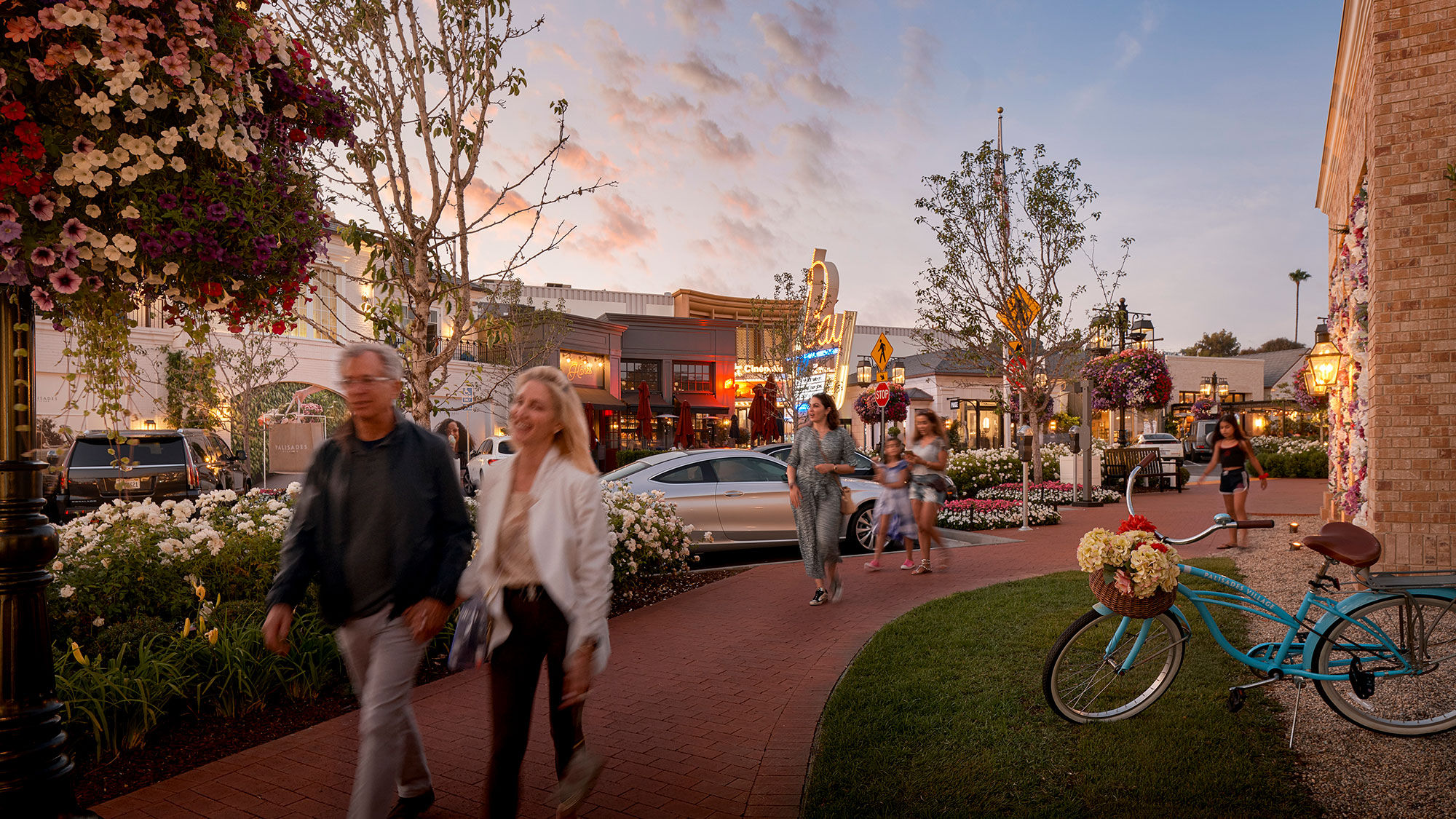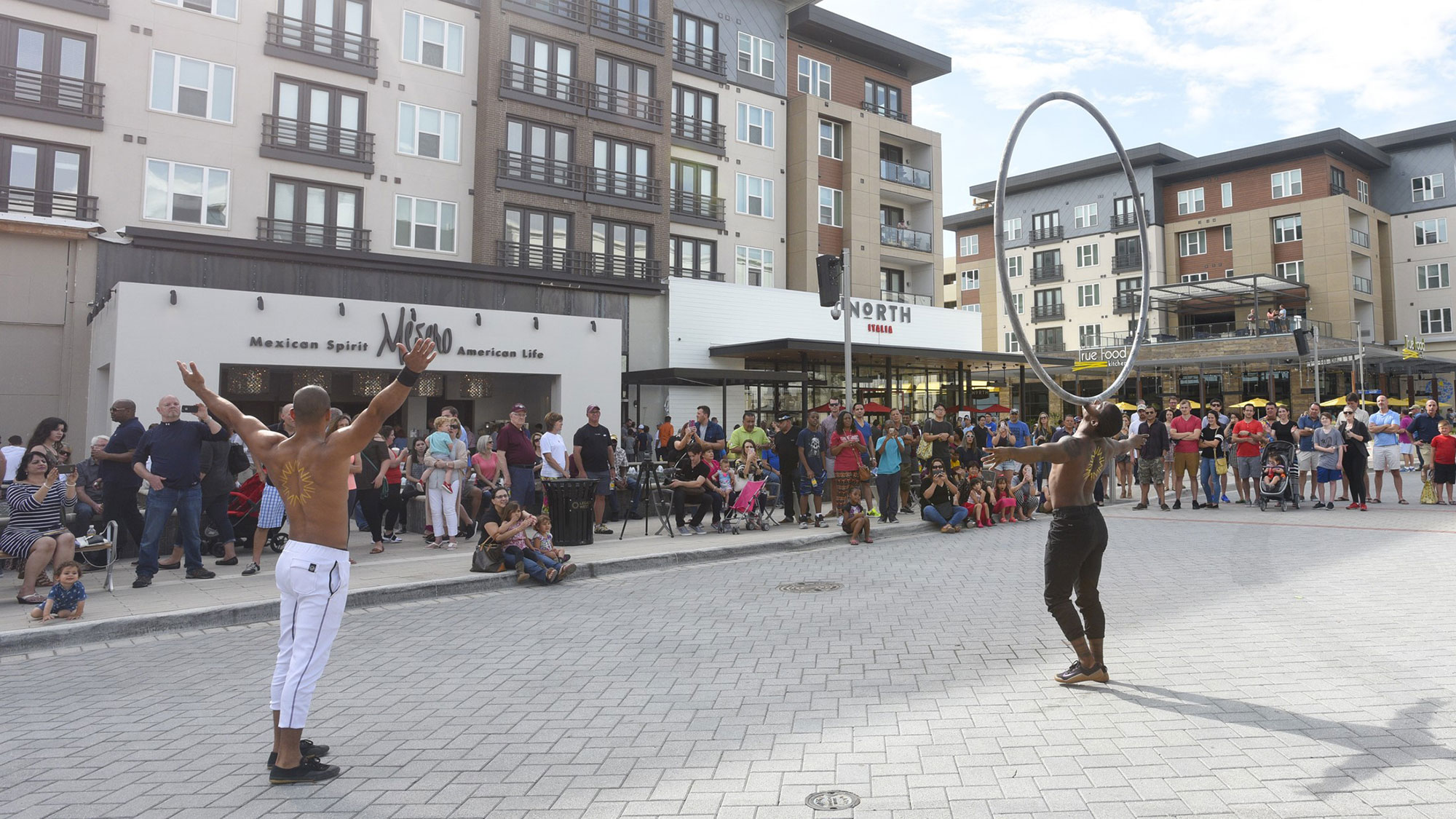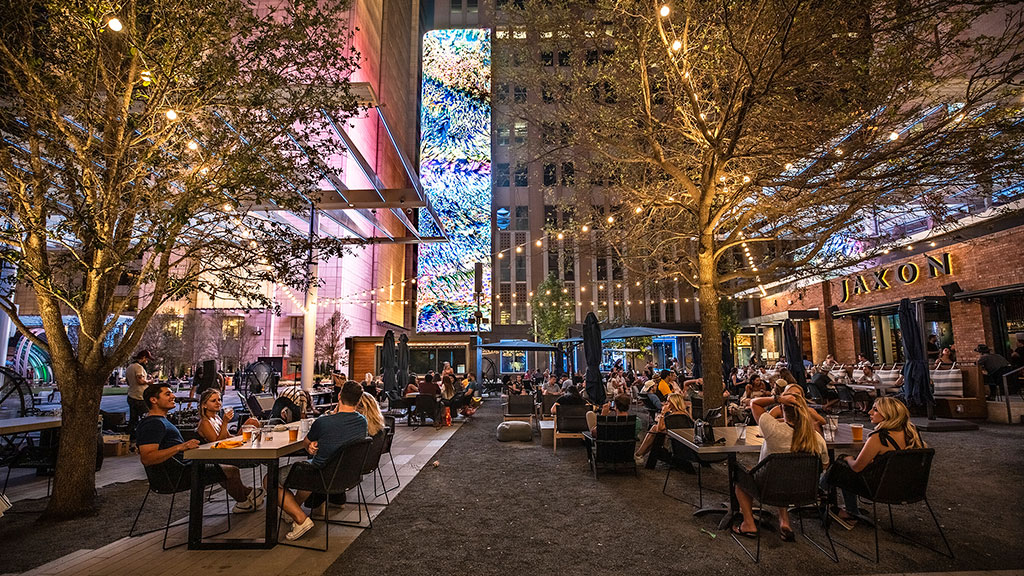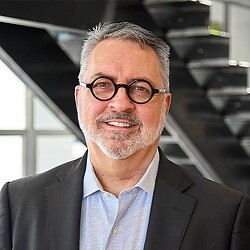What Makes a Great Retail Experience? Community, Connection, and Exhibition
November 10, 2023 | By Barry Hand
Many of us take advantage of the ease and convenience of online shopping. Who doesn’t receive various deliveries of school supplies, hair products, screen protectors, or groceries at their home? Despite the growth of same-day deliveries from online retailers, other retail and hospitality brands are thriving and growing their brick-and-mortar outlets due to the visceral experience that mass e-commerce retailers simply can’t deliver in a box to your front porch.
Housewares retailer HomeGoods recently shuttered its online store to focus energies on customers shopping at its 900 stores. The intentions and outcome of HomeGoods’ recent decision to focus on in-person retailing are yet to be seen, but clearly, experience is still a vital part of retail and hospitality offerings. But what does that visceral experience look like?
Those of us engaged in strategic planning and designing of commercial centers know that the retail lease space committed to physical brick-and-mortar spaces is an elusive, ever-shrinking commodity that increasing numbers of property owners are chasing.
Numerous retail or hospitality entities are thriving due to the strategic curation of experience targeted at specific psychographics. The need for experience is clear, but what exactly does it look like? What are the necessary components? What makes a good experience? Is it 65,000 people watching a concert with fireworks? Is it ziplining across a lake? A manicure with soothing music and essential oils? Dinner in a great space with friends and family? Does one need to supply reindeer and music to attract customers? Not necessarily.
Community/Connection
The isolation of the pandemic highlighted and reminded us of the importance of organically looking for and finding good places to meet and gather with friends. We soon realized and valued that dining, conversing, laughing, loving, and relating with friends and family was not just convenient but an integral piece of the larger human condition that is not transactional and cannot be fulfilled with a delivery to your doorstep.
Many small or infill development projects are gaining more attention in today’s development/lending dynamics. Authentic neighborhood-based development stories are now viewed, in many cases, as more reliable development investments. Caruso’s Palisades Village infill project in Pacific Palisades, California is a good example of a lifestyle center embedded within the existing grid of a neighborhood where service retailers were carefully integrated into the mix. The neighborhood is an established upper income enclave like many LA suburbs, but one can routinely see “regulars” strolling, dining, and shopping among the larger cohort who enjoys the village.

Exhibition/Entertainment
The definition of exhibition is “the display or demonstration of a particular skill.” We have recorded history from before the erection of the amphitheater at Pompeii and the Roman Coliseum illustrating the importance of exhibition and entertainment in drawing crowds. Entertainment is a primal force for both the actor and the audience, and it is an integral component of human experience and fulfillment.
For decades, the streets of New Orleans have been uniquely populated with children who tap dance for money. It is one of the many authentic threads in the tapestry of sights, sounds, and smells of a Saturday morning in the French Quarter. Who hasn’t enjoyed a busker in the subway stations or streets of New York? Or a juggler at Covent Garden in London? We speak often of the need for purposeful public spaces in successful and intuitively interactive, people-centric places. A diversity of planned and spontaneous experiences and offerings is necessary for a place to be long-lasting in our community. Does it require fireworks to successfully activate a space? Not necessarily.

Carefully programmed public spaces with events, entertainment, and exhibitions allow operators to quickly create activated places that are successfully curated toward a diverse psychographic range. The full-time staff at Klyde Warren Park in Dallas carefully curates approximately 1,000 events each year ranging from boot camps for yoga to tai chi, Zumba, and ballroom dancing to large-scale food events, ballet performances, and concerts in the park. The operating staff at The Grove in Los Angeles has perfected hundreds of scheduled events each year ranging from fashion shows, live music, storytelling, and puppet shows to keepsake photos with Santa.
Legacy West in Plano, Texas, also plans hundreds of events ranging from football watch parties to fashion events, tribute band concerts, business gatherings, and launch parties for various products. Recently, long after the shops were closed, a local artist climbed atop a custom van outfitted with a specialized mount on which he could spin canvasses and create paintings to music. The spectacle of the actual activity attracted and entertained hundreds of visitors.

Today, amid a barrage of digital messaging and connection, there is a vast and almost insatiable appetite for intuitive, in-person human connection and neighborhood experience. Astute retail and hospitality providers are carefully understanding this demand and increasing footfall and sales on the back of the community and exhibition-based experiences.
For media inquiries, email .

